Fotoiniciadores adhesivos UV: análisis químico profundo

Si alguna vez has consultado la lista de ingredientes de un adhesivo UV para pestañas y te has sentido un poco abrumado, no estás solo. Existe mucha confusión en la industria de las pestañas sobre los diferentes químicos utilizados en los pegamentos de curado UV, especialmente en lo que respecta a los fotoiniciadores . Estos son los ingredientes que reaccionan con la luz UV para endurecer el adhesivo, y no todos los fotoiniciadores son iguales. Algunos son más rápidos, otros más seguros y otros se enfrentan a regulaciones más estrictas que los profesionales de las pestañas deben conocer.
Vamos a explicarlo claramente para que sepas con qué estás trabajando y por qué elegimos los fotoiniciadores que elegimos.
¿Qué son los fotoiniciadores?
Los adhesivos para pestañas curados con UV se basan en fotoiniciadores : moléculas especiales que absorben la luz UV y generan los radicales libres necesarios para iniciar la polimerización (el proceso de endurecimiento).
Los tres fotoiniciadores principales que verás con más frecuencia en las etiquetas de ingredientes son:
- TPO – (2,4,6-trimetilbenzoil)fenilfosfinato de etilo (CAS 84434-11-7)
- BAPO – Óxido de fenil bis(2,4,6-trimetilbenzoil)fosfina (CAS 162881-26-7)
- TMO – Óxido de (2,4,6-trimetil-benzoil)bis(p-tolil)fosfina (CAS 270586-78-2)
Cómo funcionan
Los tres se conocen como fotoiniciadores de óxido de fosfina de tipo I. Al exponerse a la luz UVA (365–405 nm), se descomponen en dos radicales altamente reactivos que atacan los grupos acrilato del adhesivo, iniciando así la reacción de curado.
Si bien todos cumplen la misma función básica, sus perfiles de rendimiento y seguridad son ligeramente diferentes. A continuación, una comparación sencilla:
| Propiedad | TPO | BAPO | TMO |
|---|---|---|---|
| Número CAS | 84434-11-7 | 162881-26-7 | 270586-78-2 |
| Pico de absorción principal | ≈ 380 nm | Amplio 360–420 nm (picos dobles) | ≈ 380 nm |
| Profundidad de curado (en sistemas pigmentados) | Bien | Excelente | Bueno–Excelente |
| Color intrínseco / amarilleamiento | Muy bajo | Muy bajo | Muy bajo |
| Estado regulatorio (UE) | Reprotóxico 1B (candidato a SVHC) | Reprotóxico 1B (en propuesta) | No existe una clasificación CMR armonizada |
| Nivel de inclusión típico | 0,3–5 % en peso | 0,2–4 % en peso | 0,2–4 % en peso |
Una mirada más de cerca a cada fotoiniciador
TPO
El TPO ha sido el fotoiniciador predilecto para muchos adhesivos para pestañas porque se cura rápidamente con lámparas UV estándar y mantiene los adhesivos completamente transparentes.
Sin embargo, recientes investigaciones toxicológicas han suscitado preocupación por su toxicidad reproductiva. Como resultado, la UE clasificó oficialmente el TPO como sustancia tóxica para la reproducción 1B (H360FD) y lo añadió a la lista de sustancias candidatas de REACH en enero de 2025. Por ello, muchas marcas están empezando a abandonar el uso del TPO.
Declaración de la industria (FIDE 2024)
BAPO
El BAPO es conocido por su increíble eficiencia. Produce cuatro radicales por fotón UV absorbido, lo que lo hace excelente para el curado de adhesivos con pigmentos o rellenos.
¿La desventaja? Los estudios sugieren que la BAPO podría tener mayor citotoxicidad que la TPO, y las agencias reguladoras están considerando etiquetarla con la misma clasificación de Reprotóxico 1B próximamente.
Hoja de datos de seguridad de MilliporeSigma (2024)
TMO (Nuestra Elección)
TMO es un fotoiniciador de nueva generación desarrollado mediante la modificación de la estructura del TPO. La adición de grupos metilo adicionales ayuda a mantener una alta absorción de rayos UV, a la vez que reduce significativamente la biodisponibilidad y la toxicidad reproductiva en pruebas con animales.
A partir de abril de 2025, el TMO no cuenta con una clasificación oficial de CMR en la UE ni figura en la lista de sustancias extremadamente preocupantes (SVHC). Por ello, se considera una opción más segura y con mayor futuro para los adhesivos de grado cosmético.
Nota técnica de LIFT-Chem (2023)
¿Por qué formulamos con TMO?
- La seguridad es lo primero : no está clasificado como CMR. Menor riesgo de toxicidad reproductiva en comparación con TPO o BAPO.
- Excelente compatibilidad con LED : curado rápido y profundo con las lámparas LED de 395 nm utilizadas en nuestro sistema de pestañas Halo UV .
- Estabilidad del color : mantiene los adhesivos transparentes con un amarilleamiento mínimo con el tiempo.
- Bajo olor y fácil manejo : mejor respiración para los artistas y un proceso de producción más fluido.
Conclusiones finales
Si utiliza un adhesivo UV con certificación TPO o BAPO , conviene mantenerse al día con las últimas normativas y medidas de seguridad. Cambiar a adhesivos con TMO es una decisión inteligente y con visión de futuro que mantiene una alta tasa de retención y minimiza los riesgos para la salud, tanto para usted como para sus clientes.
Consulte siempre la Hoja de datos de seguridad (HDS) más reciente y siga las regulaciones locales al manipular productos curados con UV.
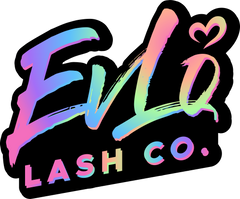
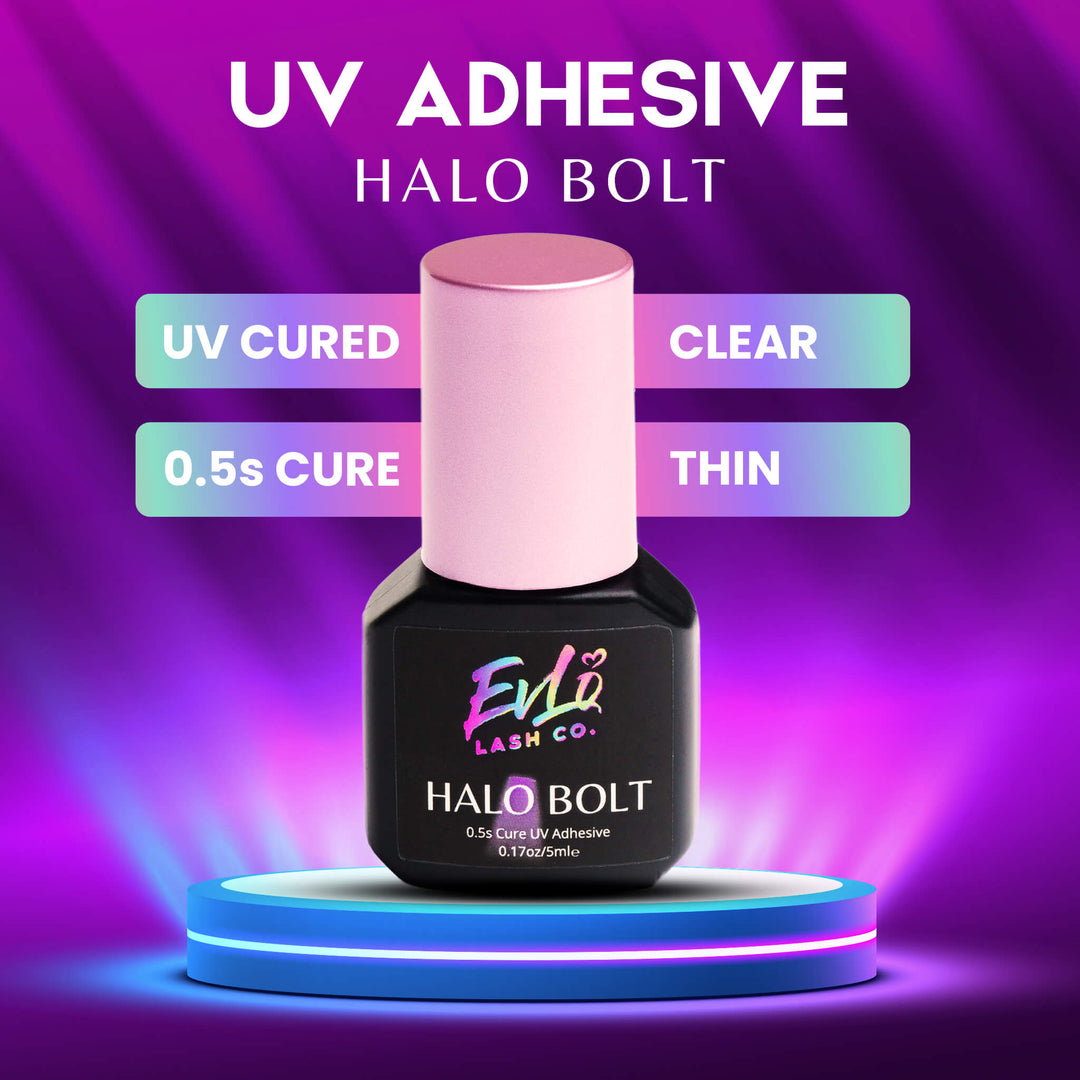
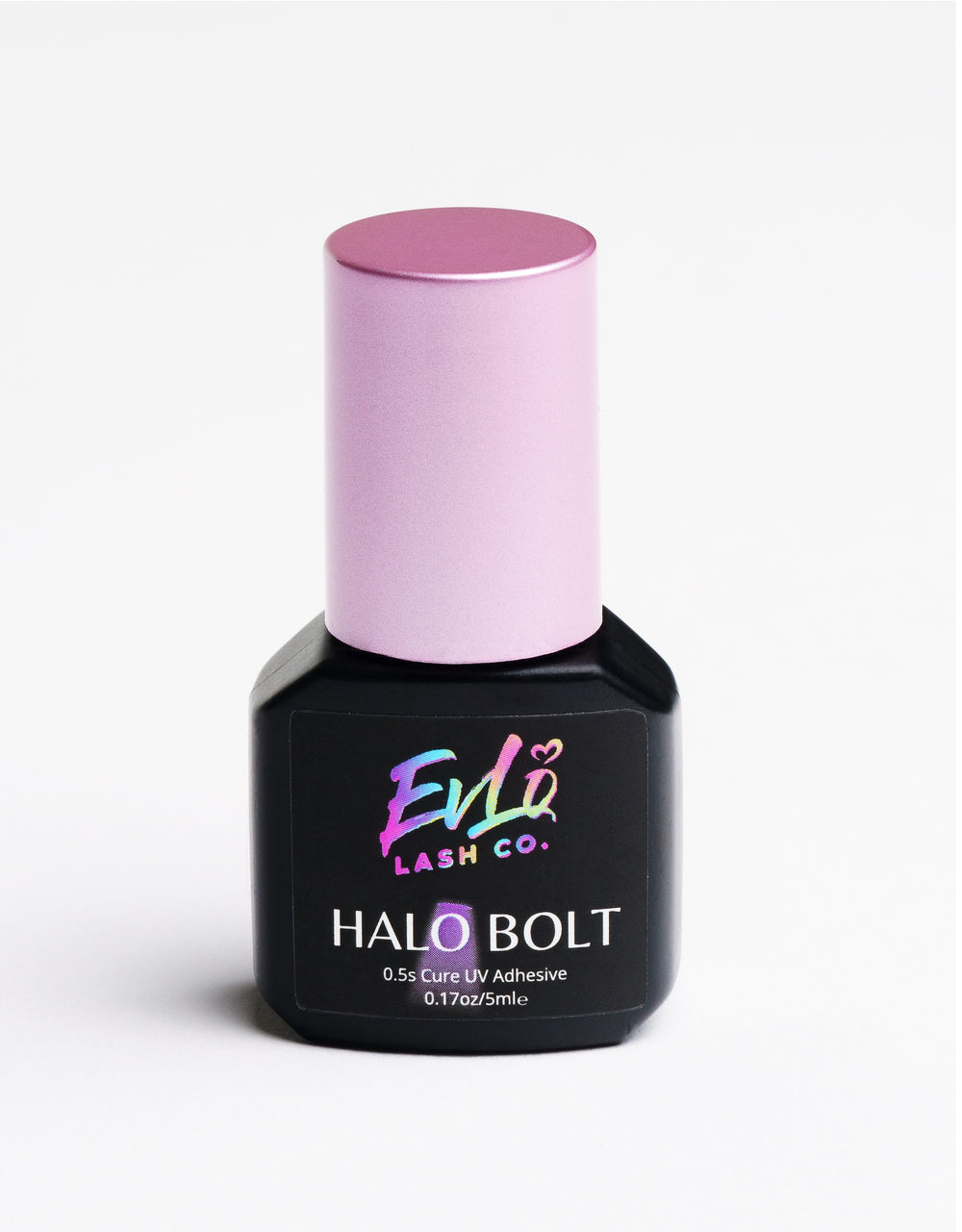
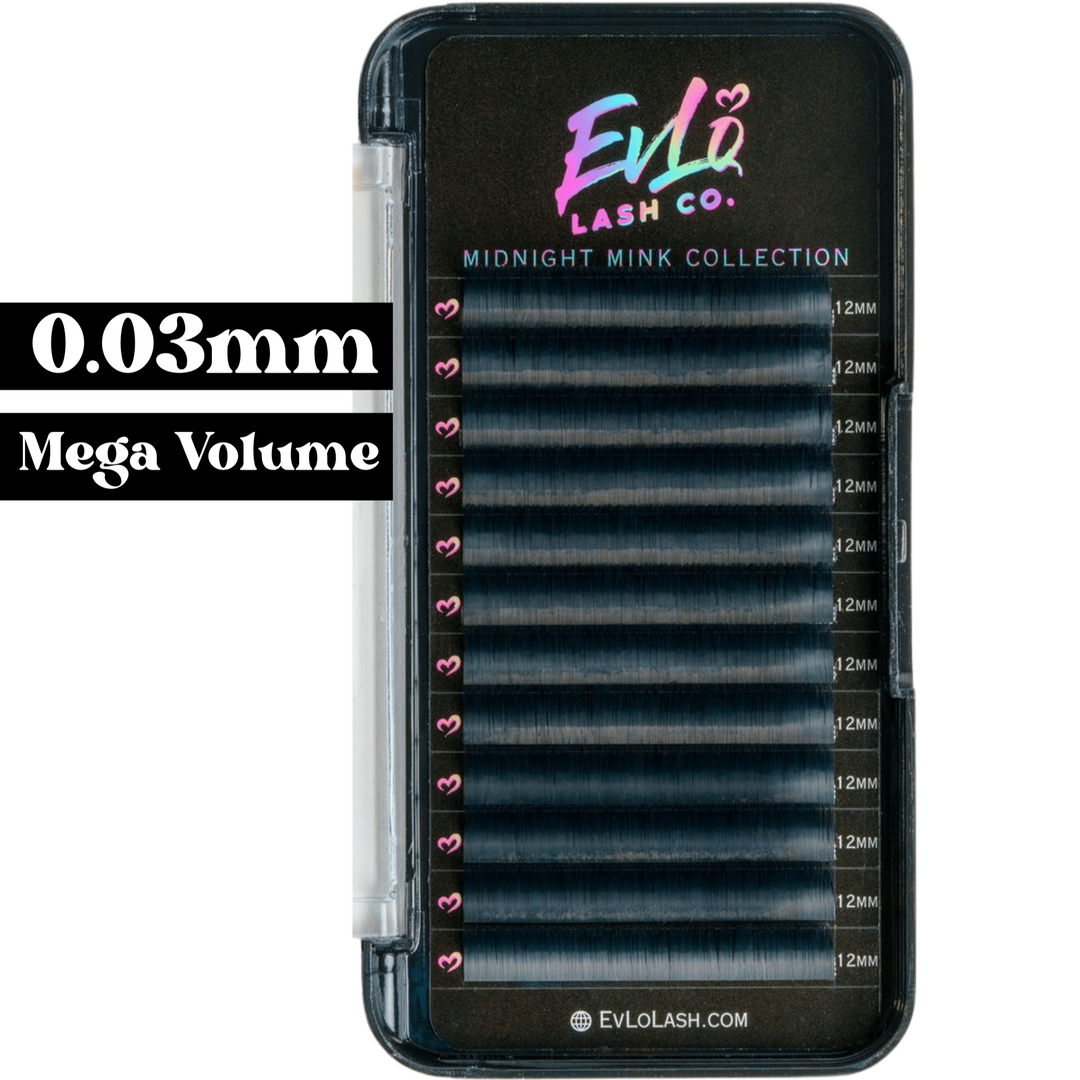
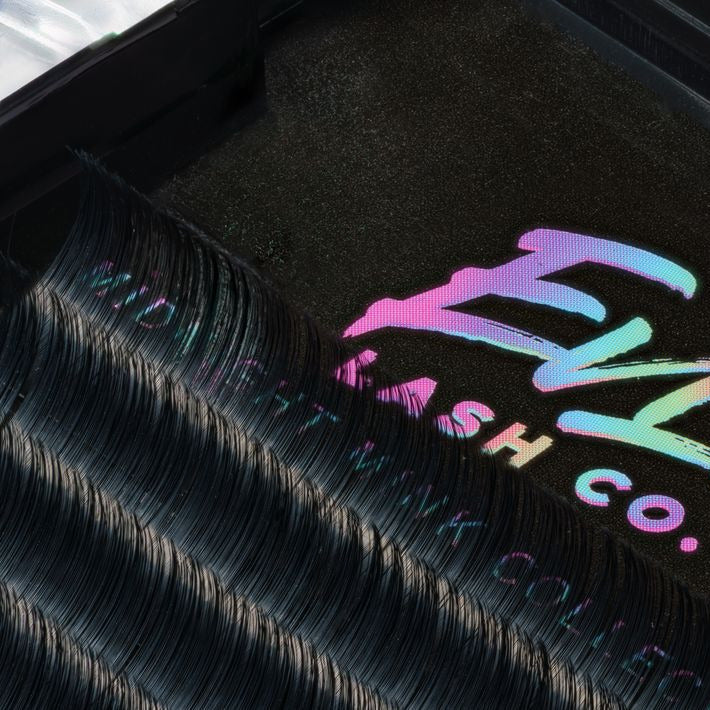
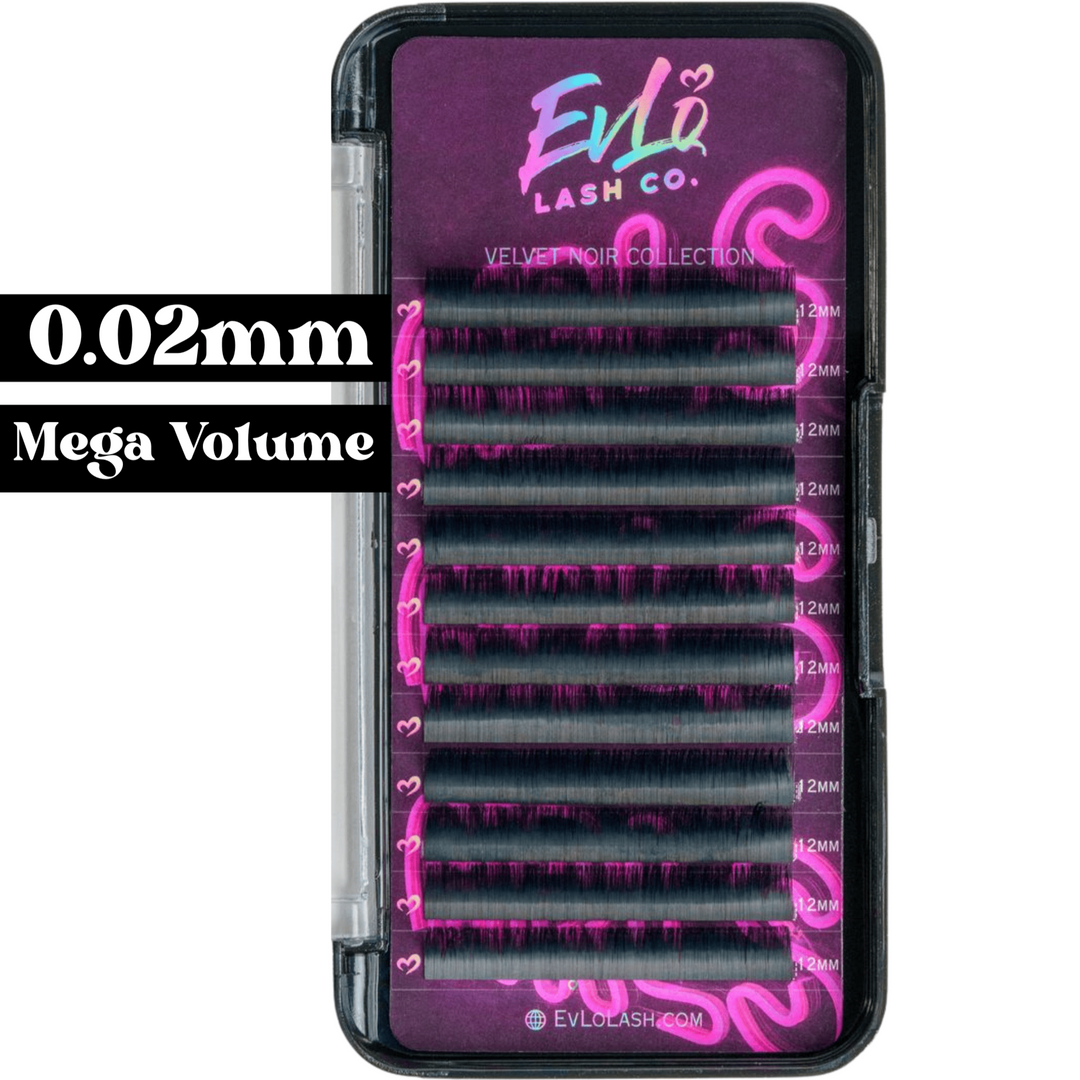
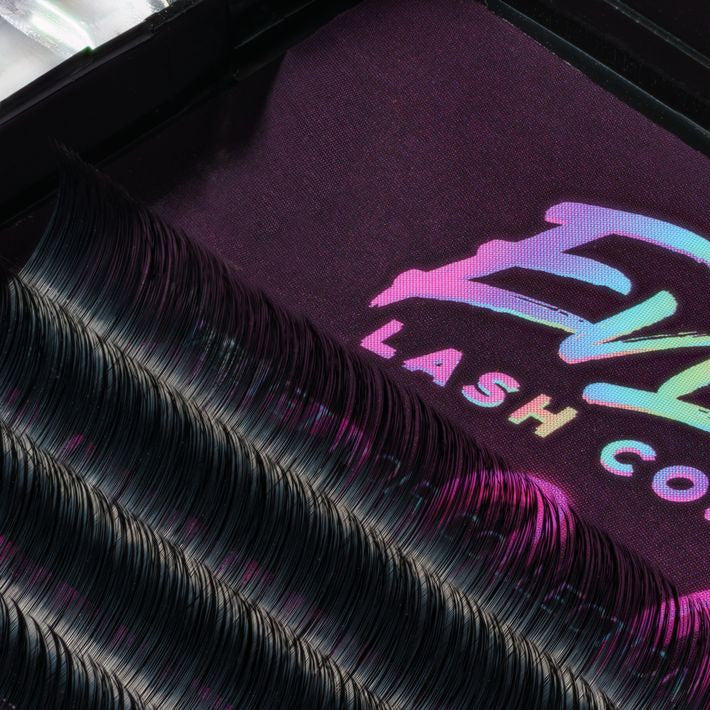
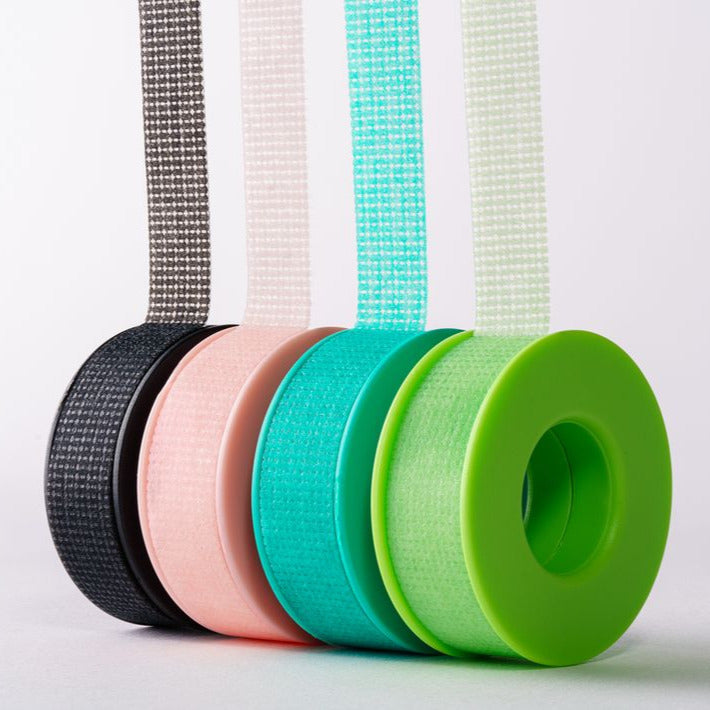
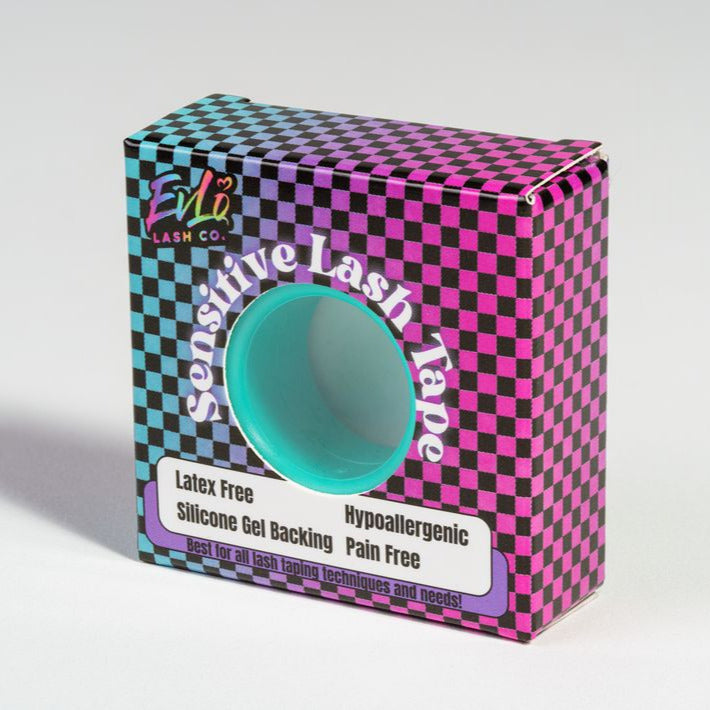


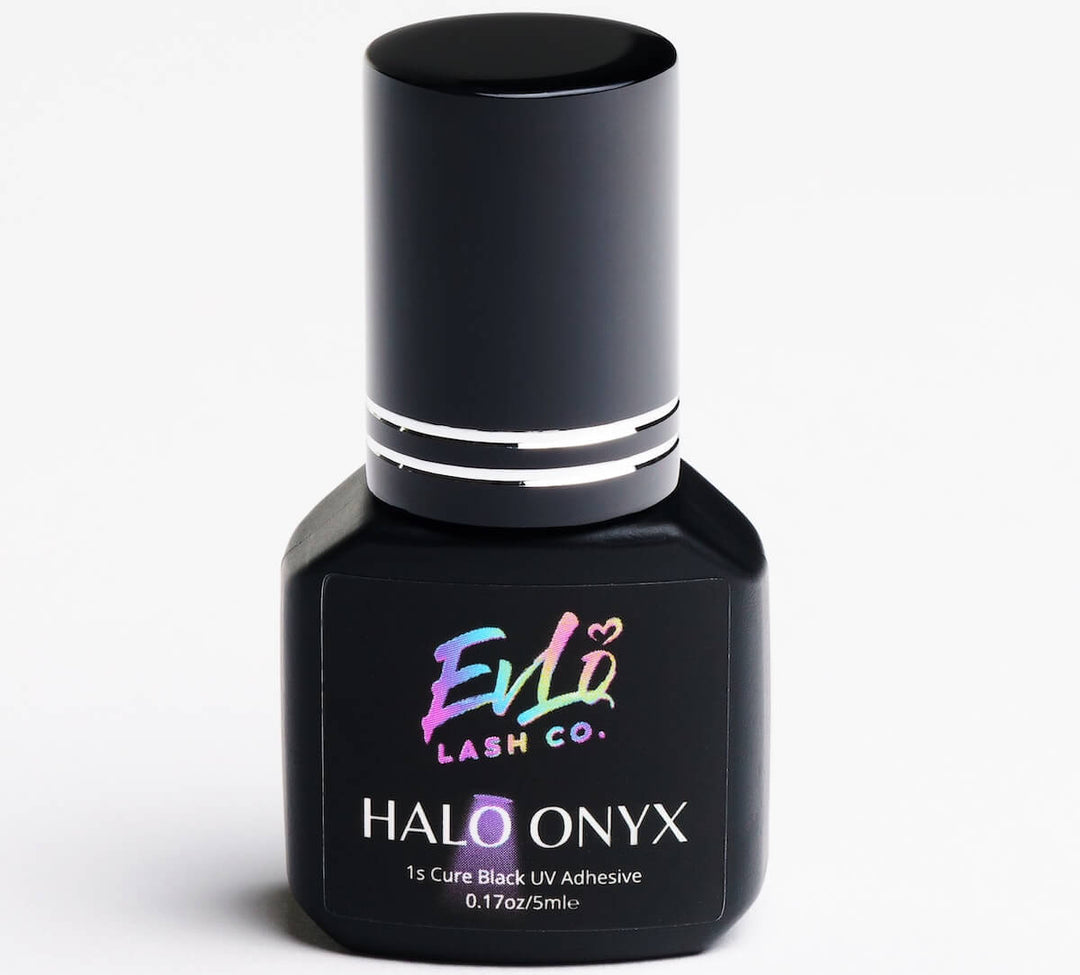
Dejar un comentario